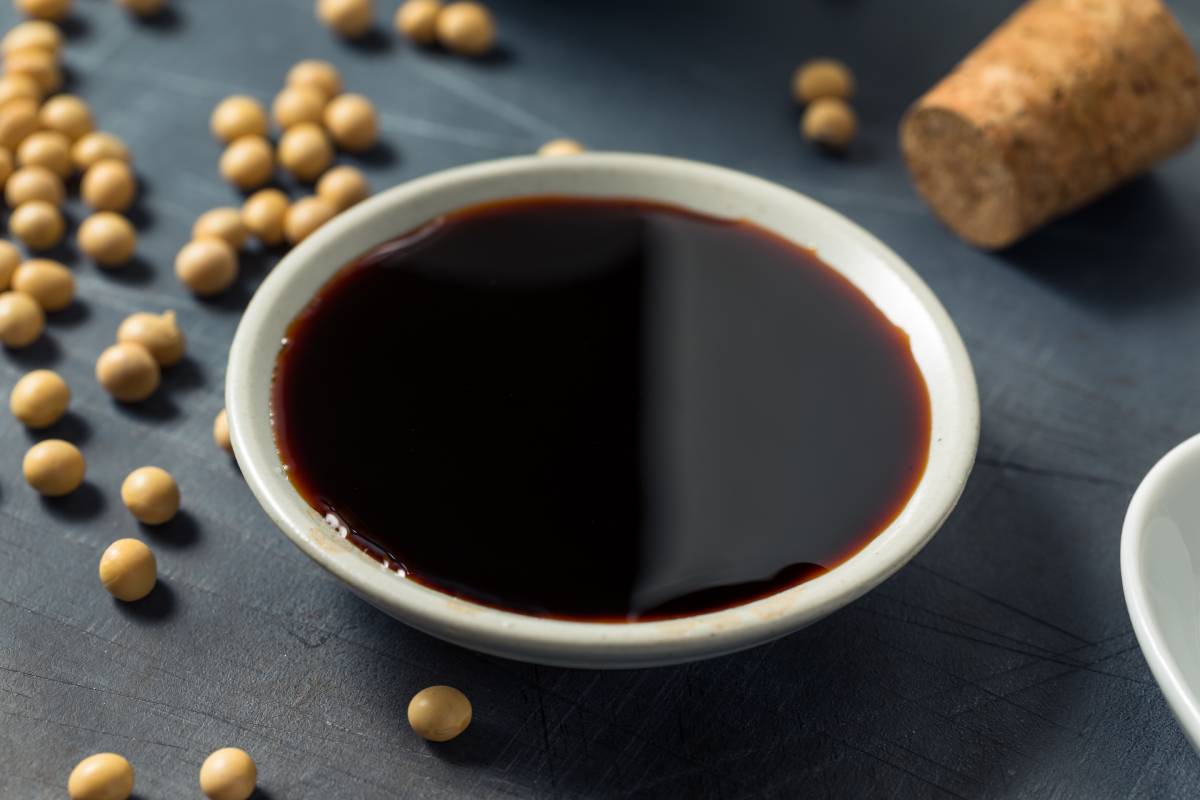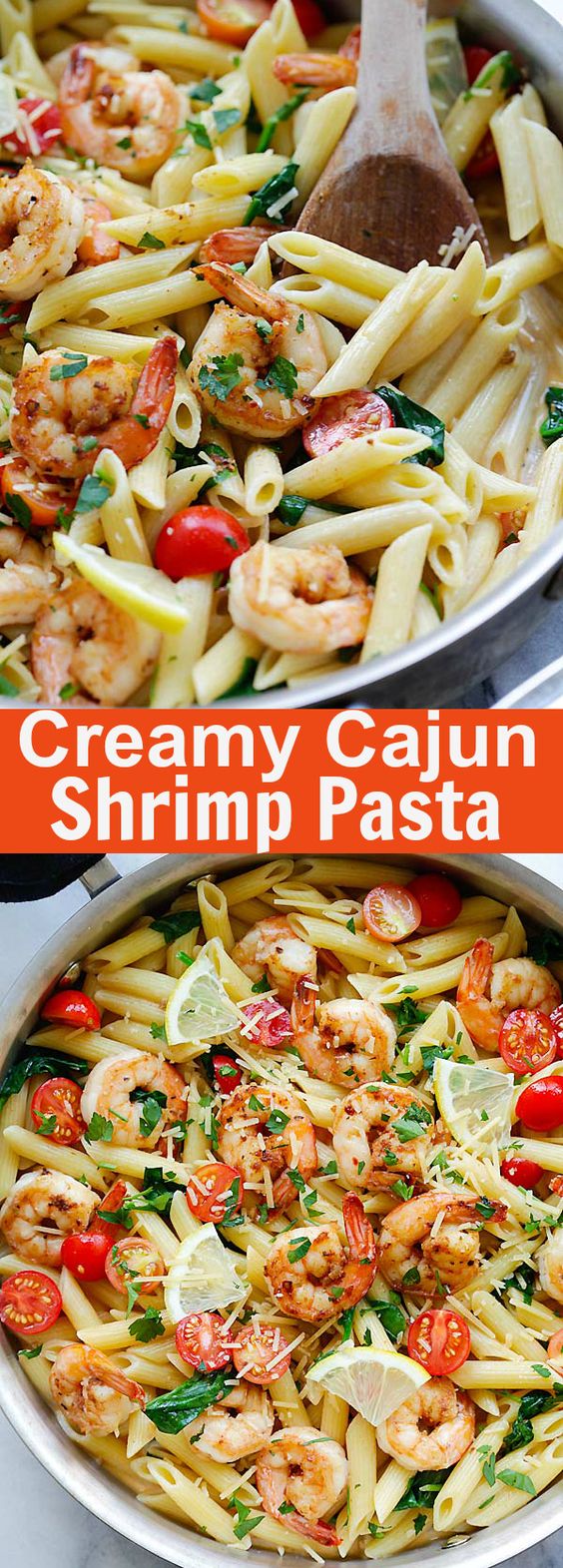Soy sauce is an ancient condiment that has stood the test of time, finding its way into kitchens and cuisines across the world.
Originally created in China thousands of years ago, soy sauce has evolved into countless varieties and spread throughout East and Southeast Asian cooking. It’s called jiangyou in Mandarin, shoyu in Japanese, ganjang in Korean, and kecap manis in Indonesian.
Despite the variations in name and flavour, they all share the same main ingredient: soybeans. The diversity of soy sauces can be overwhelming, with each country offering its own range of dark, light, and sweet varieties, each with different flavours and levels of intensity.
With so many types available, knowing which one to use in a recipe can be challenging. To help, here’s a complete guide to the various types of soy sauce and how to use them.
Japanese soy sauces
Japan produces some of the world’s highest quality shoyu – Japanese-style soy sauces. Artisanal soy sauces take months, even years, to age in barrels and can cost up to $150 a bottle. When the brewing method was introduced to Japan, the recipe was adjusted to use an equal ratio of soybeans and wheat, resulting in a soy sauce with a sweeter flavour profile. There are five main categories of Japanese soy sauce: koikuchi shoyu (dark soy sauce), usukuchi shoyu (light soy sauce), tamari shoyu, shiro shoyu (white soy sauce), and saishikomi shoyu (twice-brewed soy sauce).
Koikuchi shoyu
Made from wheat and soybean, koikuchi is the most commonly used soy sauce in Japanese cooking. If a recipe requires soy sauce without mentioning the specific type, it’s safe to assume that it refers to koikuchi shoyu. This is a versatile option that can be added to a variety of dishes, such as marinades, gravies, sauces, braising liquids and stir-fries.
Usukuchi shoyu
Compared to its darker counterpart, this thinner and lighter sauce has a more assertive and salty flavour, with a touch of sweetness and acidity which can come naturally from the brewing process or, more commonly, from additives like mirin (a sweet rice wine), corn syrup and vinegar. Originally used in the Southern Kansai region of Japan, usukuchi predated koikuchi and was used similarly. However, it has now become a popular seasoning for dishes such as soups and braises, where a lighter colour is important.
Tamari
Tamari is not technically soy sauce but rather a liquid by-product of miso production. It’s often gluten-free but not always – so gluten-intolerant people shouldn’t just buy any bottle of tamari without checking the ingredients first. The higher soybean content in tamari gives it a stronger soy flavour than other varieties of soy sauce. Its rich, thick characteristics complement raw fish and make an excellent marinade for teriyaki. It’s commonly used in dipping sauces and as a finishing seasoning for soups, stews, sauces, braises and glazing meats. Remember that it will impart a different flavour to recipes that specifically call for soy sauce.
Shiro shoyu
Shiro, or white soy sauce, is brewed with a higher proportion of wheat than tamari – it has a lighter colour and flavour. It’s commonly used as a dipping sauce for sashimi made from delicate, white-fleshed fish, where a richer, darker sauce would overpower the taste and appearance of the fish. Additionally, shiro is a popular seasoning for soups, where a clear, uncoloured broth is preferred.
Saishikomi shoyu
Saishikomi shoyu is made the same way as koikuchi shoyu, but instead of combining the mould-inoculated substrate with salt water, it’s combined with already-brewed soy sauce. Like tamari and shiro shoyu, saishikomi is typically used as a finishing or dipping sauce for sashimi and sushi.
Chinese soy sauce
As the birthplace of soy sauce, China boasts many varieties, each with its own flavour and aroma. While Japanese soy sauces have strict naming conventions, Chinese soy sauce naming conventions are flexible and influenced by multiple dialects with different pronunciations for the same kind of soy sauce. Some of the most common types of Chinese soy sauce include light soy sauce, dark soy sauce, mushroom soy sauce, and sweet soy sauce.
Light soy sauce
Light soy sauce, made from the first pressing of fermented soybeans, is a staple ingredient in Cantonese cuisine. It’s a versatile condiment that can be added to stir-fries, light marinades, soups and sauces. In Chinese recipes, if a dish calls for soy sauce without further detail, you can safely assume you can use light soy sauce.
Dark soy sauce
Chinese dark soy sauce has a viscous texture and is less salty than its light counterpart. It’s typically sweeter due to the addition of sugar or molasses. Dark soy sauce is used only for cooking purposes, often added towards the end of cooking to season and add colour to sauces. There isn’t a suitable alternative for this condiment.
Korean soy sauce
Korean soy sauce, also called ganjang, was historically one of two products made from pressed blocks of boiled soybeans inoculated with wild moulds and bacteria. The blocks would be brined, and after a few months, the solids would be strained out and fermented separately from the liquid, yielding doenjang and ganjang, respectively. The quality of Korean soy sauces is determined by a TN number. TN measures the total nitrogen in the soy sauces from 1.0 to 1.7 – the higher the number, the better the soy sauce.
There are four basic kinds of Korean soy sauce:
Yangjio ganjang is a soybean- and rice-, barley-, or wheat-based soy sauce fermented for at least six months. It’s the least salty and the most expensive of the four soy sauces. It’s commonly used to season leafy vegetables for Korean side dishes.
Yangjo Ganjang differs from hansik ganjang in that it contains wheat, which imparts a sweeter flavour. It’s typically used to marinate meats and in dipping sauces.
Hansik ganjang (also known as guk ganjang or joseon ganjang) is made from soybeans, salt and water. It’s the saltiest variety and is often used to season soups.
Sanbunhae ganjang is a chemically brewed soy sauce made from soybeans boiled in hydrochloric acid.
Jin ganjang (also known as honhap ganjang) is a blend of yangjio ganjang and sanbunhae. Jin ganjang is a chemically produced soy sauce, made with hydrolysed soy proteins.
Other types of soy sauce
Sweet soy sauce
In addition to the soy sauces described above, there are variations of soy sauce that contain sweeteners and other spices. Among the most renowned is Indonesia’s kecap manis. This sweet soy sauce is produced with fermented soybeans and infused with palm sugar, star anise, galangal and other aromatics. It is a crucial component in many Indonesian dishes and contributes significantly to the flavour profile of nasi goreng and bami goreng. Sweet soy sauce can be used in marinades, stir-fries, or stews like other soy sauces.
Low-sodium and gluten-free soy sauces
Low-sodium and gluten-free soy sauces are available in many grocery stores. These are good alternatives to traditional soy sauces for special dietary needs.
Soy sauce is a pantry essential, with its punchy, umami flavours that are an integral part of Asian cuisine. But how do you replicate those salty, savoury umami depths if you’ve run out of your go-to sauce or need a gluten-free option? Here are the top seven alternatives to soy sauce.







